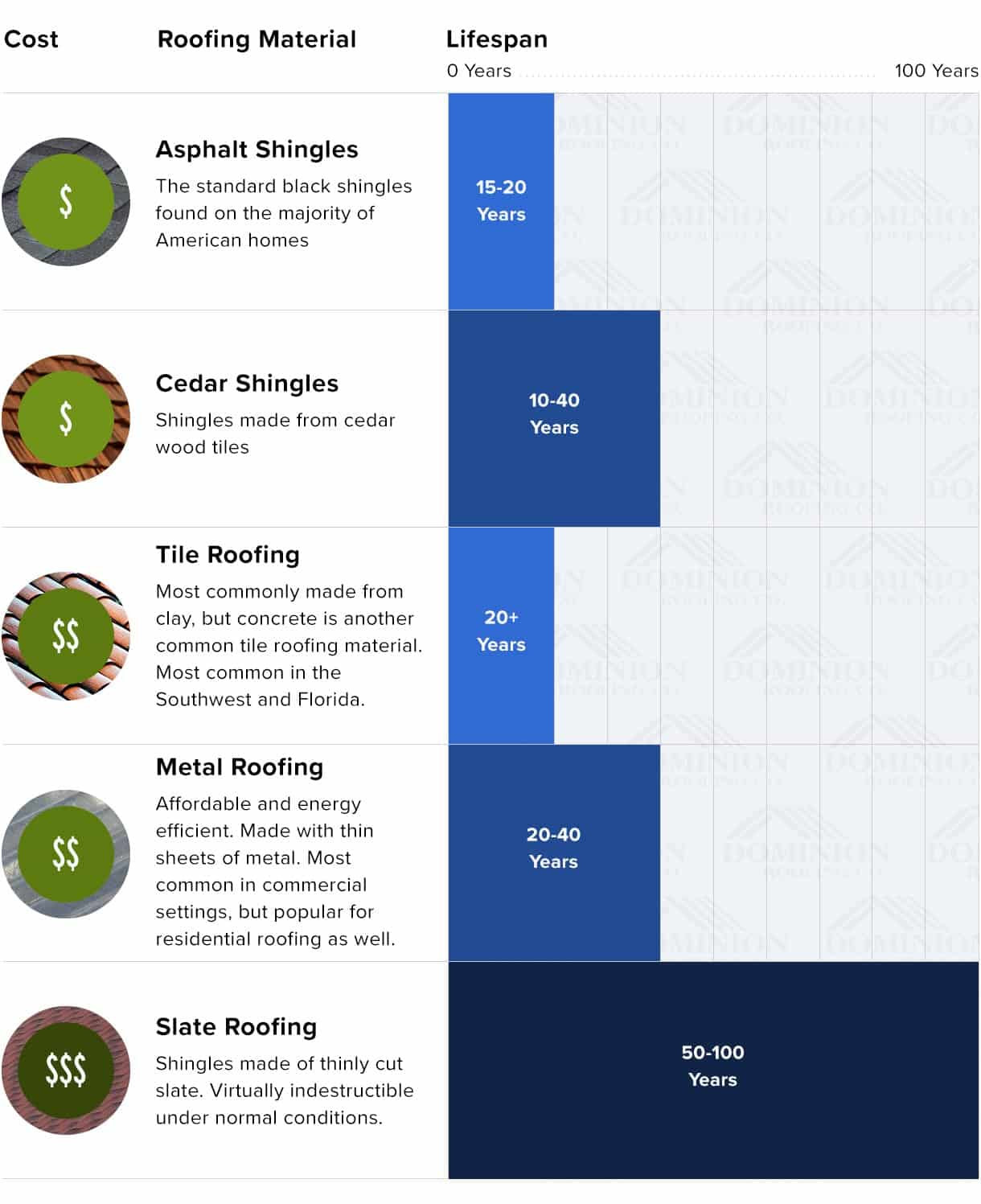The Payment Of Roofing System Ventilation To A Successful Installation Refine
The Payment Of Roofing System Ventilation To A Successful Installation Refine
Blog Article
Authored By-Byrne Vogel
When you're dealing with a roof job, you could not believe much regarding roofing ventilation, but it's even more vital than you understand. Effective air flow helps manage temperature level and dampness in your attic room, stopping issues like mold and structural damage. By understanding how to make and set up a balanced air flow system, you can boost power performance and prolong the lifespan of your roofing materials. So, what are the vital factors to think about throughout setup that can make all the difference?
Importance of Roofing Air Flow
Roof ventilation plays an essential function in keeping the total health and wellness of your home. By allowing fresh air to flow with your attic, it helps control temperature level and moisture degrees. This balance is important to protect against heat buildup throughout warm months, which can cause increased power costs as your a/c works overtime.
Additionally, proper air flow dramatically reduces the risk of moisture-related problems like mold and mildew and mold. If humidity levels climb, your home's structural stability can be compromised, leading to pricey fixings. You would not wish to deal with rotting wood or warped roof materials, right?
In addition, sufficient air flow extends the life-span of your roofing system. When warm and wetness are kept in check, your roofing system can perform efficiently, avoiding early wear and tear. This means less frustrations and costs down the line.
How Roofing System Ventilation Works
Effective roofing air flow relies upon the natural motion of air to create an equilibrium in between consumption and exhaust. When you set up vents, you're basically permitting fresh air to enter your attic while allowing hot, stale air to run away. This procedure assists manage temperature and dampness levels, stopping issues like mold and mildew development and roofing system damages.
Consumption vents, commonly discovered at the eaves, draw in amazing air from outside. Meanwhile, exhaust vents, situated near the ridge of the roof covering, let hot air increase and departure. The distinction in temperature develops an all-natural air flow, called the pile impact. As warm air increases, it develops a vacuum that draws in cooler air from the lower vents.
To enhance this system, you require to guarantee that the consumption and exhaust vents are appropriately sized and positioned. If the consumption is limited, you will not accomplish the wanted air flow.
Furthermore, insufficient exhaust can catch warmth and wetness, leading to prospective damages.
Key Installation Factors To Consider
When mounting roofing ventilation, a number of key factors to consider can make or break your system's performance. Initially, you require to analyze your roofing's design. The pitch, shape, and products all influence air flow and air flow selection. See to it to select vents that suit your roof covering type and regional climate conditions.
Next, consider the placement of your vents. Preferably, you'll desire a balanced system with intake and exhaust vents positioned for optimal air movement. Place consumption vents low on the roofing system and exhaust vents near the height to encourage an all-natural flow of air. This setup assists avoid moisture buildup and advertises energy effectiveness.
Don't ignore insulation. Appropriate insulation in your attic avoids heat from escaping and keeps your home comfy. Make sure that insulation does not block your vents, as this can impede air movement.
Lastly, think about maintenance. Pick air flow systems that are very easy to access for cleansing and evaluation. Regular upkeep ensures your system continues to operate successfully in time.
Verdict
Finally, roofing system ventilation is essential for a successful installation. By making gutter repair contractors san antonio san antonio tx , you can prevent warm buildup and wetness issues that lead to expensive damage. When roofing contractor san antonio texas and exhaust vents, you boost energy performance and extend the life-span of your roofing. Remember, a well-ventilated roof not only protects your financial investment but additionally boosts your interior air high quality. So, roofing contractors san antonio texas on air flow to make sure a resistant and cost-efficient roofing system for your home.
